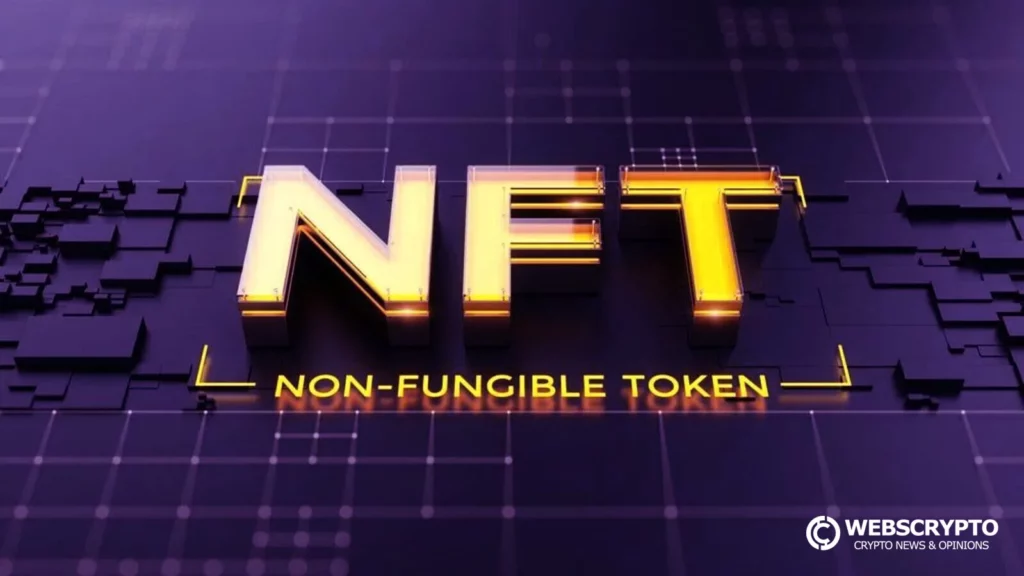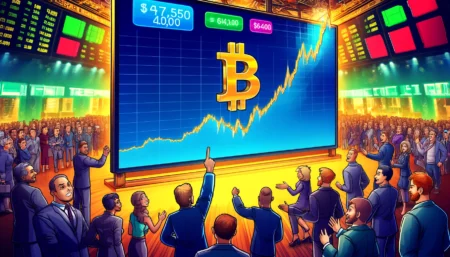The digital realm has been abuzz with the rise, fall, and resurgence of Non-Fungible Tokens (NFTs). As we stand in 2023, the NFT market presents a mosaic of trends, challenges, and opportunities. This comprehensive analysis aims to provide a holistic view of the current state of the NFT ecosystem, drawing from various sources and insights.
Introduction: The Current State of the NFT Ecosystem
The World Economic Forum recently released a report titled “The Evolution of NFTs,” highlighting the significant value-creation attributes of NFTs. These digital assets have the potential to forge innovative connections with consumers, fostering more meaningful customer relationships. However, the volatility that has long characterized the NFT domain underscores the risks associated with speculative and unsustainable market values.
In September, NFT transactions amounted to $224 million, marking a 37% decline month-over-month and the seventh consecutive month of shrinking trade volumes. This dip brought monthly transaction volumes to a two-year low. Yet, as we ventured into October, several mainstream blue-chip NFTs experienced a slight uptick in their floor prices. Data from various NFT trading platforms and tokens such as LOOKS, BLUR, and X2Y2 indicated a warming trend. Despite the challenges, the crypto market hasn’t entirely abandoned this once-celebrated investment star.
NFT Market Performance: A Detailed Analysis
Several NFT on-chain data analysis platforms have painted a picture of investor sentiment, which, for the most part, remains cold. Over the past 30 days, more than 90% of investors incurred losses due to their NFT trades.
In terms of market capitalization and transaction volume, data from NFTGo reveals that the current total market value of NFTs stands at approximately $29.2 billion, with a total transaction volume of about $37.6 billion. These figures have seen significant fluctuations, with the highest market cap recorded in April of this year at around $96 billion, representing a 41.67% decline from its peak. Transaction volumes peaked in February but have since decreased by 63.15%.
Interestingly, despite the challenging market conditions, the number of NFT holders has been on a steady rise over the past year, showing an increase of 40.46%. However, influenced by the market dynamics, the number of traders has decreased by 40.77%.
Major NFT Trading Platforms: A Comparative Study
Several platforms have been at the forefront of the NFT trading space:
- OpenSea: Once the dominant force in the NFT space, OpenSea has faced challenges, especially in a bearish crypto market. However, the platform has been proactive in its approach, introducing various features like the OpenSea Studio for creators, redeemable NFT standards, and the “Deals” feature for NFT swaps.
- LooksRare: Prioritizing community engagement, LooksRare has seen fluctuations in its trading volumes. The platform has introduced various initiatives, such as the mobile app’s beta version, the V2 version with reduced protocol fees, and an aggregator allowing batch purchases from both LooksRare and OpenSea.
- Blur: A relatively new entrant, Blur offers advanced features like real-time price updates and portfolio management. Its user-friendly interface and innovative royalty policies have made it a favorite among NFT enthusiasts.
- X2Y2: Launched in February 2022, X2Y2 offers functionalities similar to OpenSea but stands out with its batch listing and purchasing features. It also supports peer-to-peer transfers without any royalty or transaction fees.
- OKX NFT: A multi-network decentralized NFT trading platform, OKX NFT integrates with 18 major blockchains. The platform offers both primary and secondary market trading functionalities and aggregates NFT orders from mainstream platforms like OpenSea, Blur, and LooksRare.
The Bitcoin BTC 2.44% NFT Phenomenon
While Ethereum ETH 1.27% has been the primary platform for NFTs, Bitcoin is not far behind. With Layer 2 protocols like the Lightning Network and RSK, NFTs on Bitcoin have become a reality. The auction of TwelveFold Bitcoin NFTs by Yuga Labs set a new benchmark for Bitcoin NFTs, with the collection fetching bids ranging from 2.25 BTC to a staggering 7 BTC.
The Road Ahead
Despite the challenges, the NFT market shows signs of resilience. Several blue-chip NFT projects have seen a slight increase in their floor prices, indicating a potential recovery. Moreover, the World Economic Forum’s report on the evolution of NFTs underscores the inherent value proposition of NFTs, emphasizing their potential to foster meaningful relationships between businesses and consumers.
In conclusion, while the NFT market has faced its share of turbulence, its inherent value proposition remains intact. The market dynamics, driven by innovative platforms and changing trader profiles, indicate that the NFT space is evolving. As we move forward, it will be intriguing to see how these trends shape the future of the






